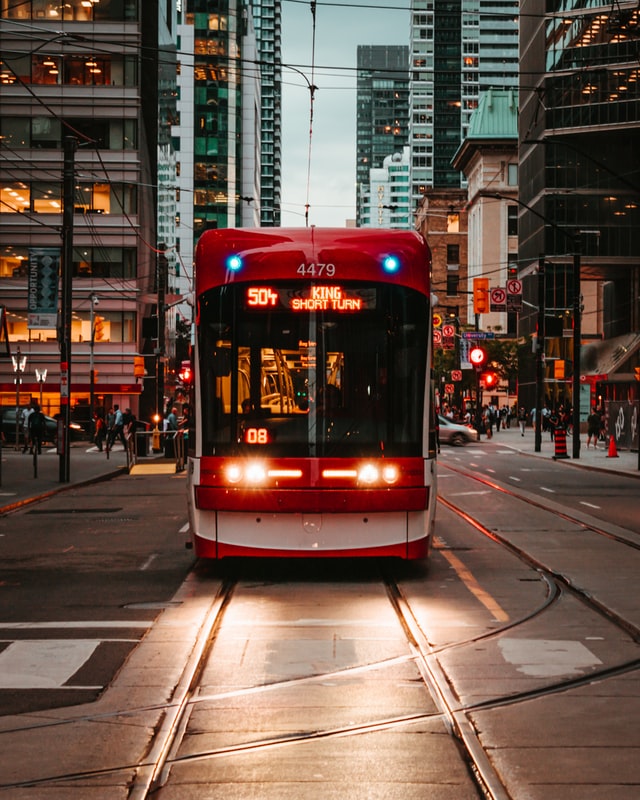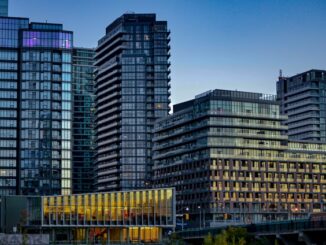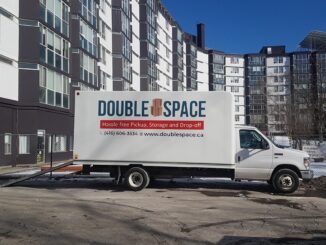
2021 Trends by Neighbourhood
Following the year of lockdowns and closures, 2021 was the year of transition to normal for Toronto and the Greater Toronto Area. Not everything was back to normal, but many aspects of life were stabilizing.
How did it impact safety in the city?
In our 2021 blog we looked at how safety in most of Toronto improved in 2020 compared to 2019, with only a handful of neighbourhoods’ stats worse than the year before.
The good news is that, similarly, the latest available data shows that in 2021 most of Toronto did better than in 2020 safety-wise.
There are 140 official neighbourhoods in the City of Toronto. Looking at the total number of crimes, overall safety in 84 neighbourhoods improved in 2021 versus 2020, declined in 35, while 21 neighbourhoods did approximately the same as the year before.
Which Toronto neighbourhoods improved the most?
Below is the list of 25 most improved neighbourhoods (showing the rate of improvement in brackets).
| 1 | Kensington-Chinatown | (12.7 in 1000) |
| 2 | Moss Park | (11.5 in 1000) |
| 3 | Bay Street Corridor | (6.4 in 1000) |
| 4 | University | (6.3 in 1000) |
| 5 | Black Creek | (5.8 in 1000) |
| 6 | Forest Hill North | (5.8 in 1000) |
| 7 | Wychwood | (5.6 in 1000) |
| 8 | Scarborough Village | (5.4 in 1000) |
| 9 | Dovercourt-Wallace Emerson-Junction | (5.2 in 1000) |
| 10 | Greenwood-Coxwell | (4.8 in 1000) |
| 11 | Dufferin Grove | (4.8 in 1000) |
| 12 | Yonge-Eglinton | (4.2 in 1000) |
| 13 | Bedford Park-Nortown | (3.7 in 1000) |
| 14 | Lansing-Westgate | (3.7 in 1000) |
| 15 | Casa Loma | (3.5 in 1000) |
| 16 | Alderwood | (3.4 in 1000) |
| 17 | Etobicoke West Mall | (3.3 in 1000) |
| 18 | Markland Wood | (3.3 in 1000) |
| 19 | Yorkdale-Glen Park | (3.3 in 1000) |
| 20 | Weston-Pellam Park | (3.2 in 1000) |
| 21 | Humewood-Cedarvale | (3.2 in 1000) |
| 22 | York University Heights | (3.1 in 1000) |
| 23 | Dorset Park | (3.1 in 1000) |
| 24 | Rustic | (3 in 1000) |
| 25 | Bridle Path-Sunnybrook-York Mills | (3 in 1000) |
The improvement rate is calculated based on neighbourhood population and shows how much the likelihood of a crime impacting a resident changed year-over-year. For example, a chance of encountering a crime reduced by 12.7 in 1000 (the risk of becoming a victim of a crime there has gone down from 4.3 in 100 to 3.1 chances in 100).
You can see neighbourhood by neighbourhood data, including the detailed numbers for assaults, breaking and entering, and theft over $5,000 (excluding theft of cars and other vehicles) across the city on hausworth.com.
Looking at what drove the improvements among the neighbourhoods listed above, the primary factor behind the change appears to be the reduction in theft from cars. In fact, it drove the biggest improvements in crime rates in 12 out of top 25 areas (Kensington-Chinatown, Bay Street Corridor, University, Dovercourt-Wallace Emerson-Junction, Greenwood-Coxwell, Bedford Park-Nortown, Lansing-Westgate, Casa Loma, Weston-Pellam Park, York University Heights, Rustic, and Bridle Path-Sunnybrook-York Mills). The primary reason for improvement in Moss Park, Black Creek, Wychwood, Scarborough Village, Yonge-Eglinton, Etobicoke West Mall, and Markland Wood was the reduction in assaults; and for Forest Hill North, Dufferin Grove, Alderwood, Humewood-Cedarvale, and Dorset Park – in breaking and entering.
On the other end of the spectrum, the highest increase in overall crime rate per resident occurred in the following 15 neighbourhoods:
| Danforth | (by 4.5 in 1000) |
| Kingsway South | (3.4 in 1000) |
| Church-Yonge Corridor | (2.9 in 1000) |
| Yonge-St.Clair | (2.9 in 1000) |
| Henry Farm | (2.8 in 1000) |
| Leaside-Bennington | (2.7 in 1000) |
| Kingsview Village-The Westway | (2.6 in 1000) |
| Beechborough-Greenbrook | (2.4 in 1000) |
| Clanton Park | (2.2 in 1000) |
| Humber Summit | (2.1 in 1000) |
| Oakridge | (1.8 in 1000) |
| Niagara | (1.7 in 1000) |
| Humber Heights-Westmount | (1.6 in 1000) |
| Rexdale-Kipling | (1.6 in 1000) |
| Clairlea-Birchmount | (1.5 in 1000) |
The cause of the increase in 9 out of 15 is linked to assaults, in 3 – theft of automobiles, and in 3 more – theft from cars.
You can view find more detailed information about safety of each of Toronto neighbourhoods on HausWorth.com. You will also be able to compare overall neighbourhood standing based on additional criteria, such as school quality, demand for houses etc, as well as see resident profiles in each of the neighbourhoods.
















